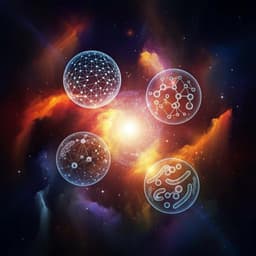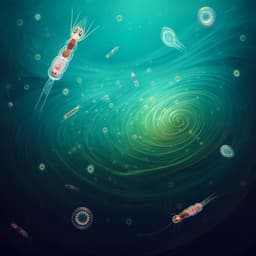
Environmental Studies and Forestry
Climate change is associated with higher phytoplankton biomass and longer blooms in the West Antarctic Peninsula
A. Ferreira, C. R. B. Mendes, et al.
Discover how 25 years of satellite data reveal significant changes in phytoplankton biomass and bloom phenology in the West Antarctic Peninsula, linked to climate change. This research by Afonso Ferreira, Carlos R. B. Mendes, Raul R. Costa, Vanda Brotas, Virginia M. Tavano, Catarina V. Guerreiro, Eduardo R. Secchi, and Ana C. Brito uncovers potential implications for global carbon sequestration and Antarctic food webs.
~3 min • Beginner • English
Related Publications
Explore these studies to deepen your understanding of the subject.







